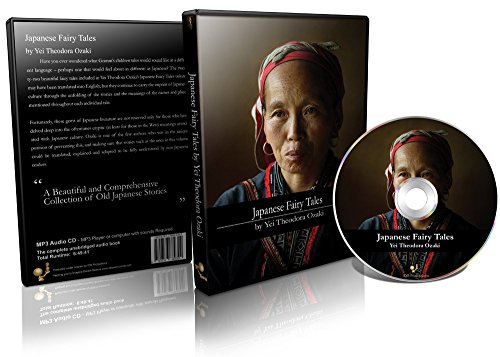This post contains affiliate links. As an Amazon Associate I earn from qualifying purchases
Have you ever wondered what Grimm’s children tales would sound like in a different language – perhaps one that would feel about as different as Japanese? The twenty-two beautiful fairy tales included in Yei Theodora Ozaki’s Japanese Fairy Tales volume may have been translated into English, but they continue to carry the imprint of Japanese culture through the unfolding of the stories and the meanings of the names and places mentioned throughout each individual tale.Fortunately, these gems of Japanese literature are not reserved only for those who have delved deep into the oftentimes cryptic (at least for those in the West) meanings associated with Japanese culture. Ozaki is one of the few authors who was in the unique position of preventing this, and making sure that stories such as the ones in this volume could be translated, explained and adapted to be fully understood by non-Japanese readers.Like the Grimm fairy tales, these stories were developed and gathered over time as they were told and re-told by simple folk throughout the ages. The completed version was adapted and translated by Ozaki, who had an excellent knowledge of both Western and Japanese mentalities in a time when such knowledge was seldom found in any single individual. As the daughter of a Japanese Baron and an American schoolteacher’s daughter, she became an accomplished writer, and was encouraged topublishthe Japanese Fairy Tales volumein1903,initially underthename Japanese Fairy Book.Well-known tales are included,such as The Ogre of Rashomon,Adventures of Kintaro theGoldenBoy and,ofcourse,thefamous Tongue-Cut Sparrow – astoryabout a vengefuloldwoman who takesouther angeronher husband’stalkingsparrow.These extremely fascinatingandelegantly presentedstories arefilledwith deepmorallessons,stunningdescriptions of Japaneseculture,traditions and architecture,and manyinterestingterms and namesfullyexplained bytheauthor forthebenefit of all non-Japanese readers.
This post contains affiliate links. As an Amazon Associate I earn from qualifying purchases
